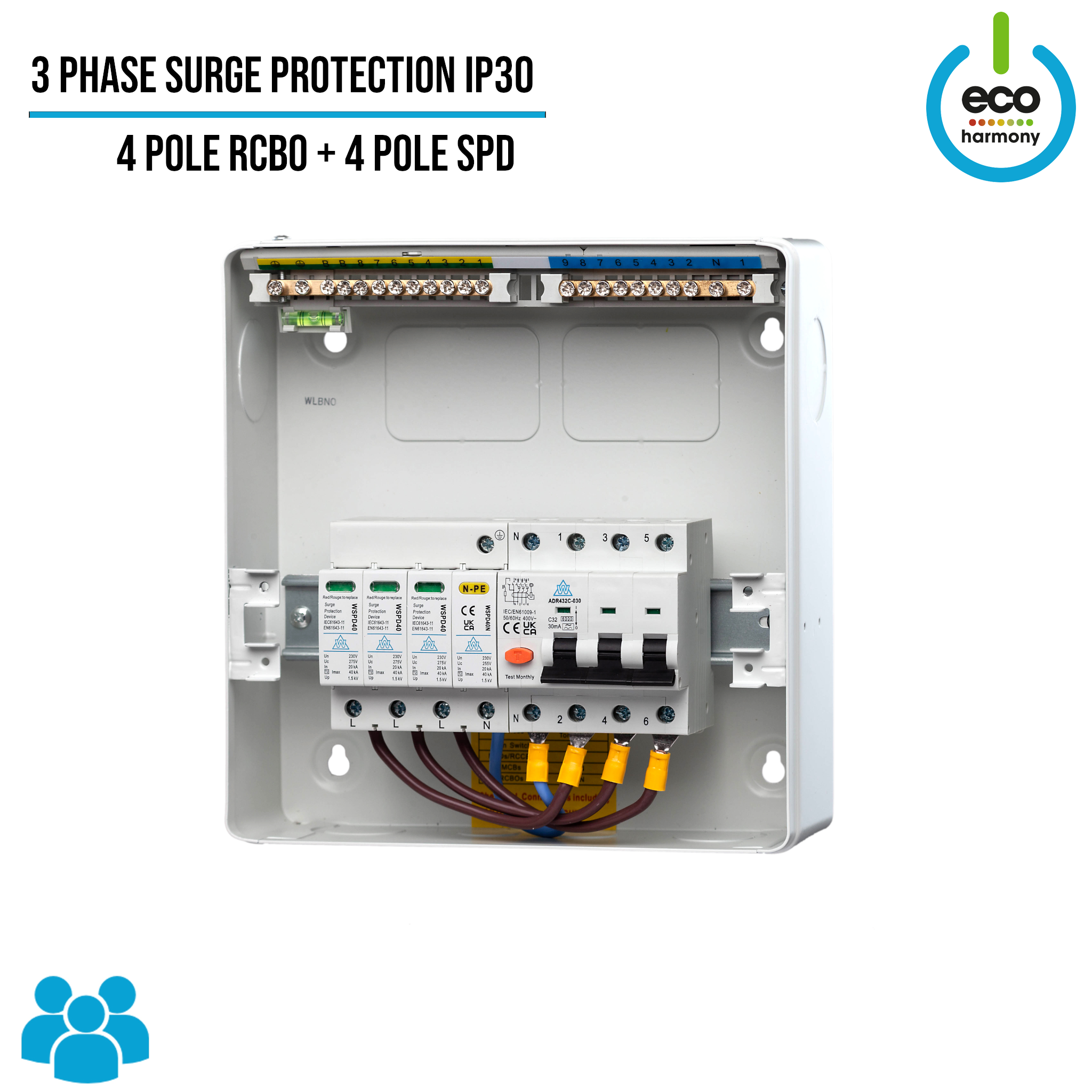Understanding the Benefits of RCBO CONSUMER UNITS for Modern Homes
Understanding the Benefits of RCBO CONSUMER UNITS for Modern Homes
Blog Article
The Role of Customer Devices in Efficient Power Monitoring Solution
Customer devices are important to effective energy administration systems, offering as the key distribution points for electric power within frameworks. The development of smart innovations has better improved their functionality, permitting for real-time information tracking and nuanced power consumption evaluation.
Recognizing Consumer Systems

Comprehending the role of consumer units begins with recognizing their vital feature in safeguarding electrical systems. By separating mistakes within particular circuits, customer devices avoid extensive blackouts and possible fire threats. This isolation is attained with using breaker that trip or merges that strike when a fault is spotted, thus removing the electric flow to the impacted circuit.
Furthermore, customer units assist in the well organized distribution of power, improving the efficiency of power usage. They enable the systematic management of electrical loads, which can be particularly important in business and commercial setups where need can rise and fall dramatically. Properly conserved customer units add to the longevity of electrical systems and help in reducing downtime triggered by electrical failings, ultimately sustaining the seamless operation of energy-dependent facilities.
Smart Technologies Combination

A key benefit of clever customer units is their capability to leverage advanced formulas and artificial intelligence for predictive analytics. This allows for preemptive adjustments based upon usage patterns, weather prediction, and other variables, significantly increasing overall performance. Smart consumer units promote need reaction programs, where power usage can be dynamically readjusted during peak periods to support the grid and lower prices.
The combination of sustainable energy resources, such as solar and wind, is likewise structured via smart consumer units. By wisely taking care of the intermittency of these resources, these devices make certain a reputable and balanced power supply. Furthermore, wise consumer units boost user involvement by supplying detailed understandings and remote control abilities with mobile applications, cultivating a more aggressive approach to energy conservation and sustainability.
Surveillance Power Intake
Structure on the abilities of clever technologies combination, monitoring power intake comes to be an essential focus within energy management systems. Effective surveillance works as the structure for recognizing energy inefficiencies and implementing corrective steps. By leveraging sophisticated metering infrastructure (AMI), real-time data on power usage can be gathered at granular degrees, offering valuable insights into consumption patterns and peak need periods. This data-centric method enables both customers and power managers to make enlightened decisions focused on decreasing waste and improving overall efficiency.
Smart meters and Web of Things (IoT) devices play a pivotal duty in this tracking process. These devices can track energy use in real-time, sending data to central systems for evaluation.
The integration of these technologies not look at here now only empowers consumers with in-depth details about their power usage yet also supports utility carriers in managing load circulation a lot more effectively. Inevitably, continual and exact tracking is essential for accomplishing power effectiveness, cost savings, and sustainability objectives within power monitoring systems.
Optimizing Appliance Use

One efficient technique involves identifying peak and off-peak hours to shift energy-intensive tasks, such as laundry or dishwashing, to times when energy demand is reduced. This not just minimizes stress on the grid however likewise profits from reduced power tolls. Furthermore, integrating device learning algorithms permits anticipating upkeep, making certain devices run at ideal efficiency and extending their life expectancy.
Energy monitoring systems can also incorporate user-specific choices and behaviors to customize appliance use routines. Clever lighting systems can change brightness based on tenancy and natural light schedule, while Cooling and heating systems can preserve convenience levels without excessive power use.
Supporting Sustainability
Promoting sustainability within power administration systems entails not only improving performance however additionally promoting click here now eco responsible practices. Customer units are indispensable to this process, as they give real-time information and control devices that enable individuals to check and reduce their energy usage. By leveraging innovative technologies, customer systems can determine energy-saving possibilities and help with the combination of renewable resource sources like solar and wind power.
One crucial element of promoting sustainability is enlightening consumers on the benefits of responsible power use. Via in-depth understandings provided by consumer systems, individuals can make enlightened choices that decrease their carbon footprint. As an example, these units can suggest optimal times for running high-energy home appliances based upon grid need and sustainable power availability, thereby lowering dependence on nonrenewable fuel sources.
Furthermore, consumer units support the adoption of clever grid modern technologies, which boost the overall efficiency and integrity of power circulation. By making it possible for two-way interaction in between consumers and utility service providers, these systems can dynamically adapt to power demands, reducing waste and advertising using sustainable power techniques.
Final Thought
Customer units, as essential elements of energy management systems, dramatically enhance electric safety and performance within structures with circuit defense and clever modern technology integration. In addition, the unification of renewable energy sources promotes lasting methods, contributing to reduced general power usage and reduced carbon footprints.
Developments in clever innovations have actually reinvented the capacities of power monitoring systems, especially through the combination of clever consumer systems.Building on the abilities of smart modern technologies assimilation, checking energy consumption becomes a vital emphasis within power administration systems.Reliable appliance use optimization is an essential element of energy management systems, aiming to boost effectiveness and decrease unnecessary energy usage.Customer devices, as important components of power monitoring systems, considerably improve electric safety and efficiency within buildings through circuit security and smart technology integration. Furthermore, the consolidation of sustainable energy resources promotes sustainable practices, adding to lowered total energy consumption and lower carbon footprints.
Report this page